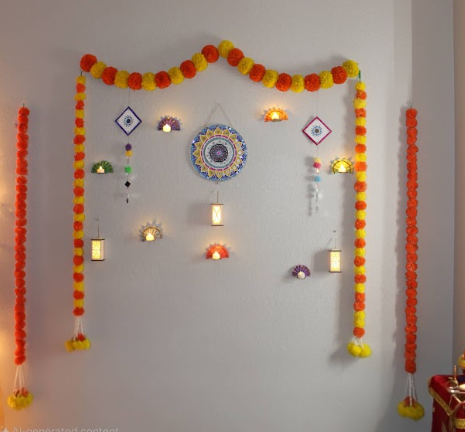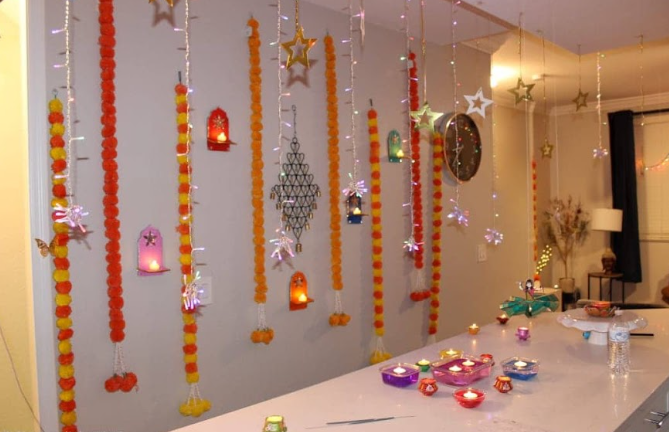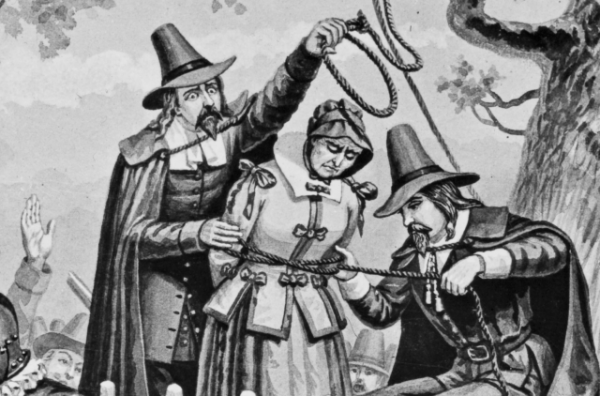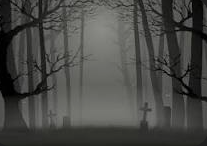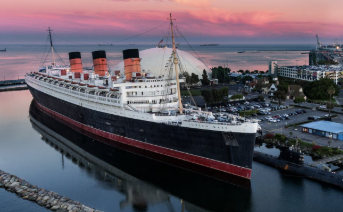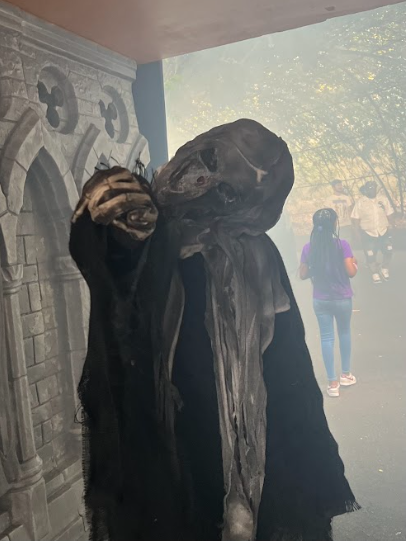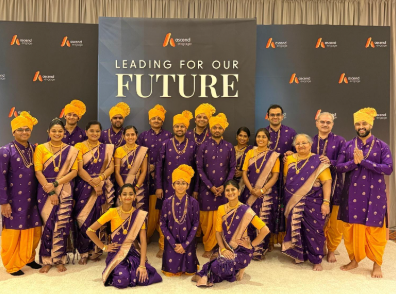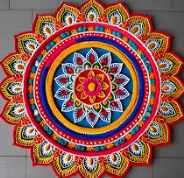
What is Diwali?
Diwali originated in ancient India as a mixture of harvest celebrations and religious beliefs. Now, Diwali is known as the Festival of Lights and is most commonly celebrated in India, Nepal, Sri Lanka, Myanmar, Mauritius, Guyana, Trinidad & Tobago, Suriname, Malaysia, Singapore, and Fiji. Diwali is associated with many religious stories that illustrate how good overcomes evil. One of the more notable stories is the Hindu epic, the Ramayan. It tells the story of Lord Rama and how he saved his wife, and after 14 years of exile, returns, where the people celebrate by lighting lamps, which symbolize light and goodness or knowledge over ignorance. This year, Diwali takes place on October 20.

How People Celebrate Diwali
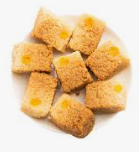
Diwali is commonly celebrated by performing rituals to honor the goddess Lakshmi, the Hindu goddess of wealth, prosperity, fortune, and beauty. People will also light “diyas” (traditional lamps made from clay or metal) to welcome Lakshmi. Another tradition is to wear new clothes and clean your house to create a positive space and go with the theme of a new beginning. Families will also gather to have feasts and set off fireworks symbolizing the victory of light over darkness. Homes are decorated with lights and rangoli patterns (intricate patterns drawn on a flat surface).
Saanvi Rahul, a student at Jupiter Middle School, says that she and her family celebrate Diwali by “decorating our house and wearing new clothes. We also eat traditional Indian food and sweets.” Saanvi and her family always celebrate with other families.
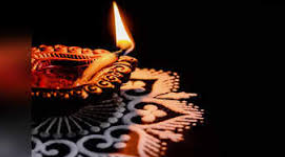
Fun Facts
- The word Diwali means “row of lights”
- The festival is more than 2,500 years old
- Every year, Diwali takes place on a new moon
- Around 1 billion people celebrate Diwali every year

